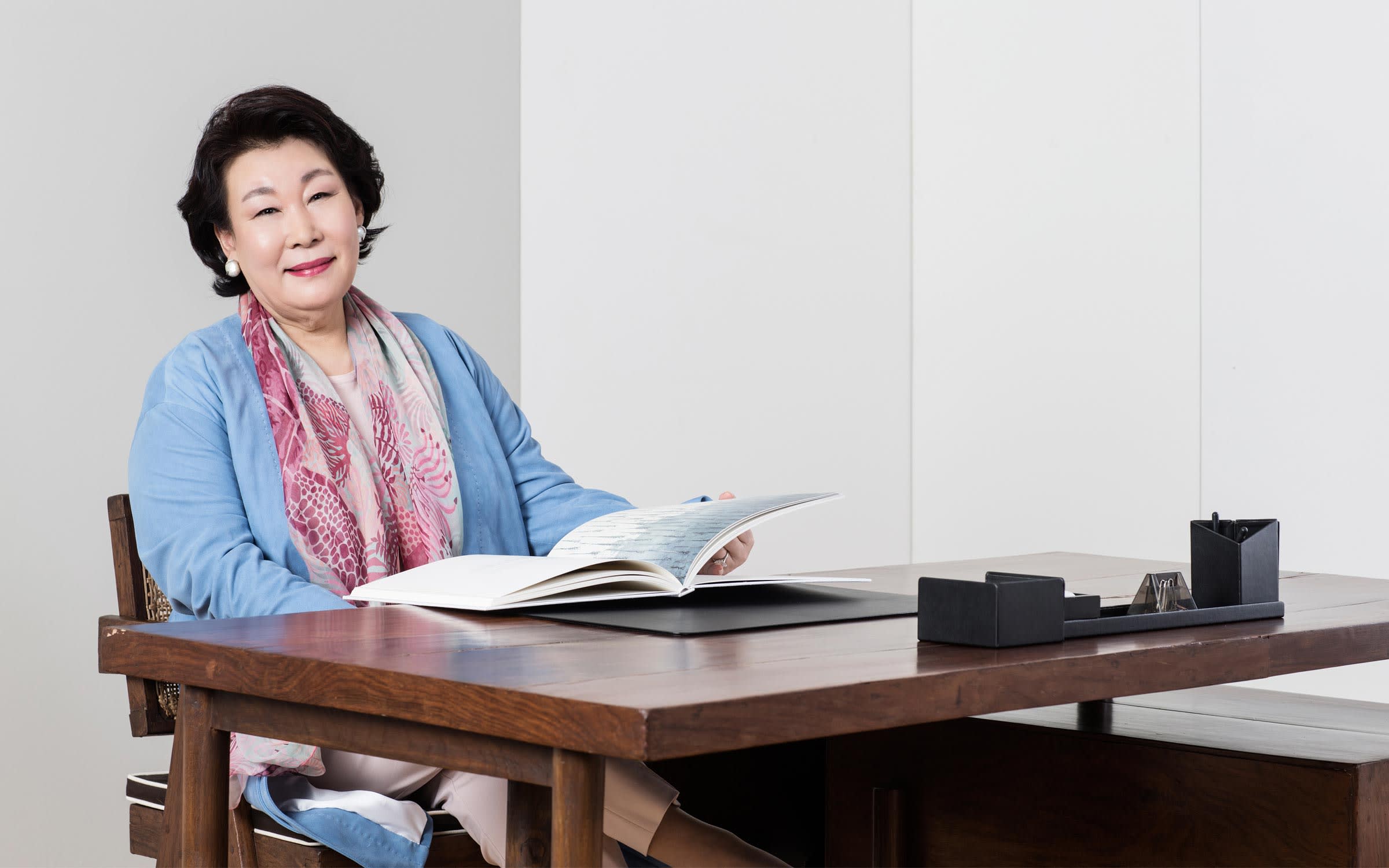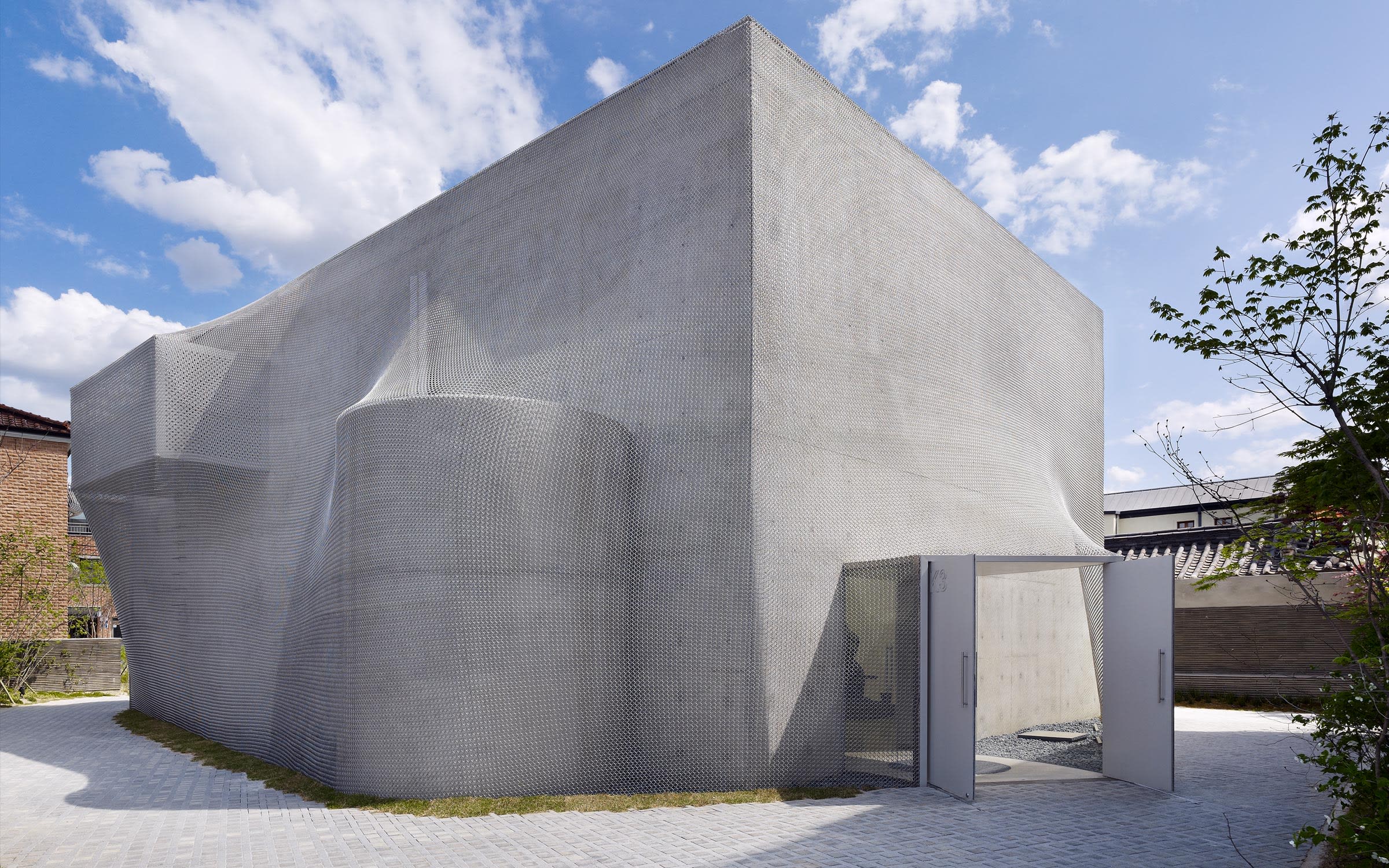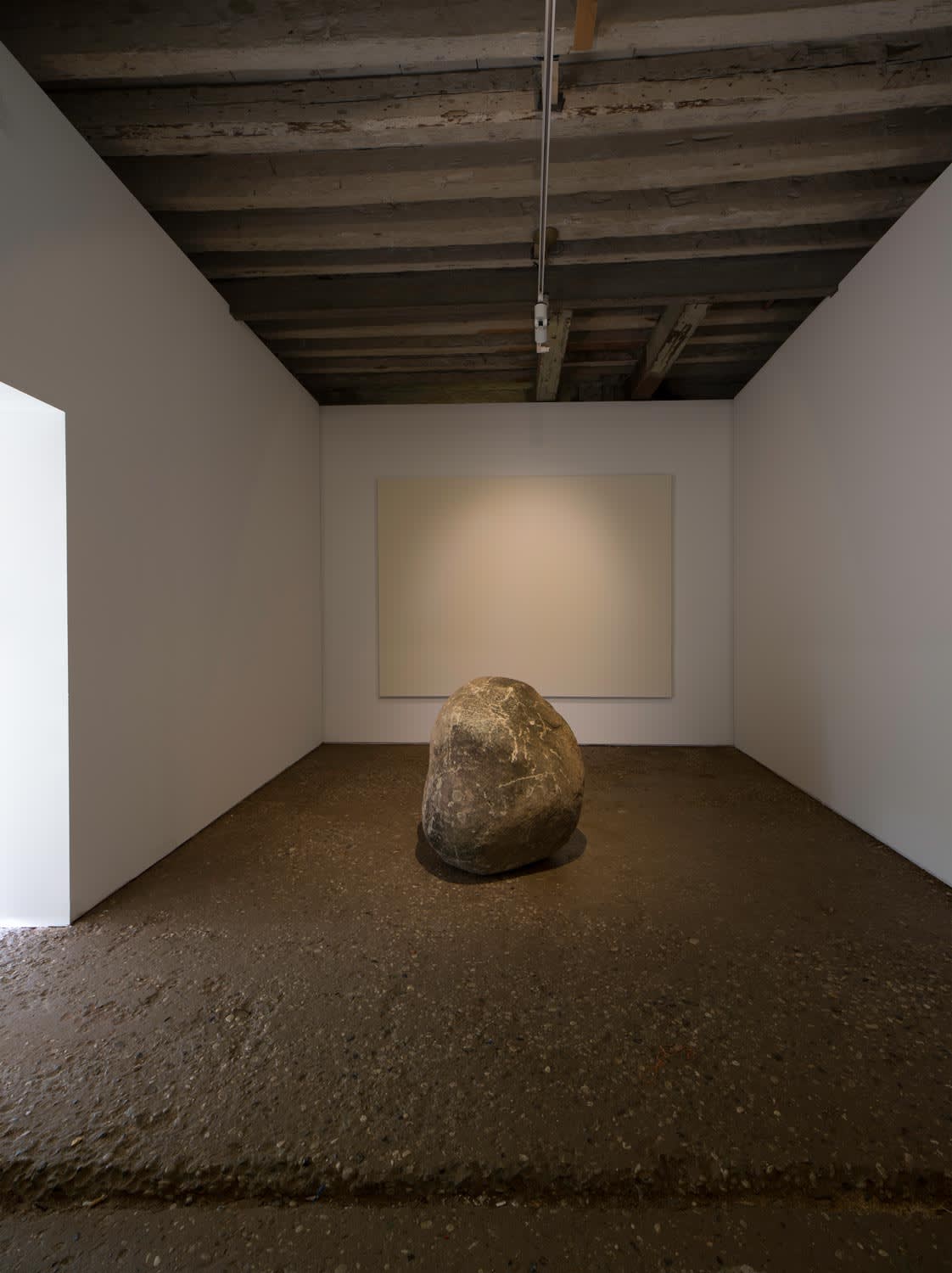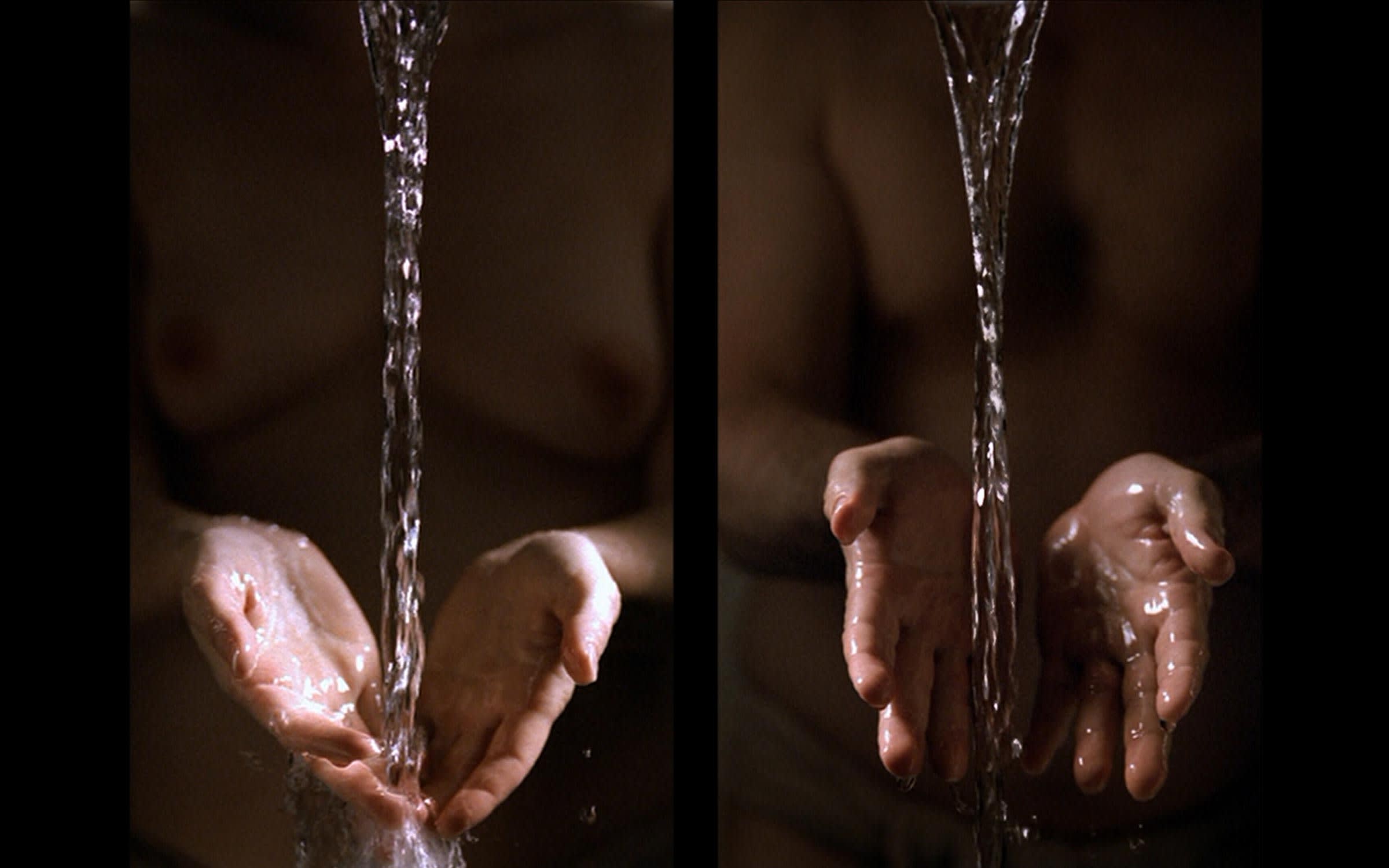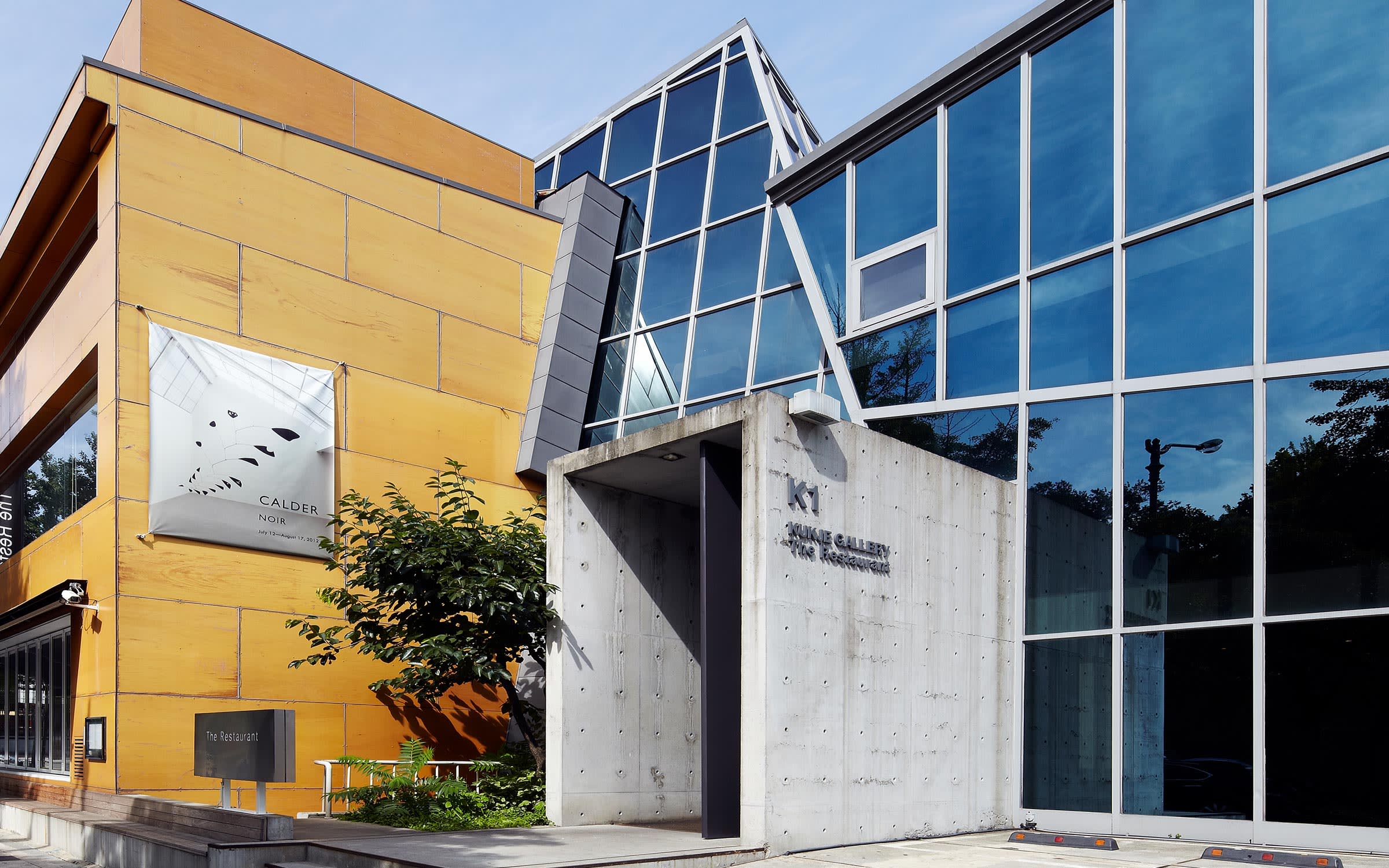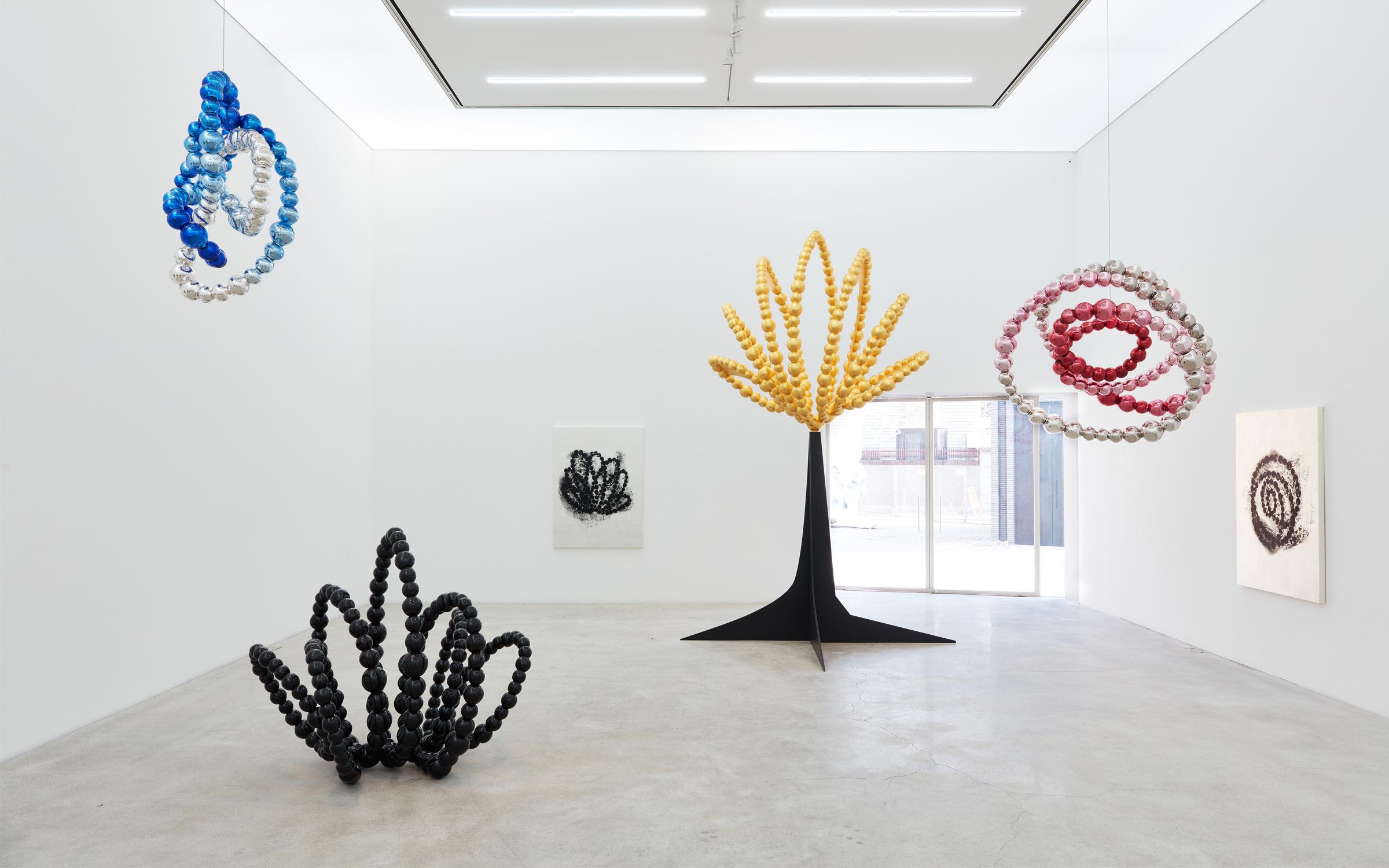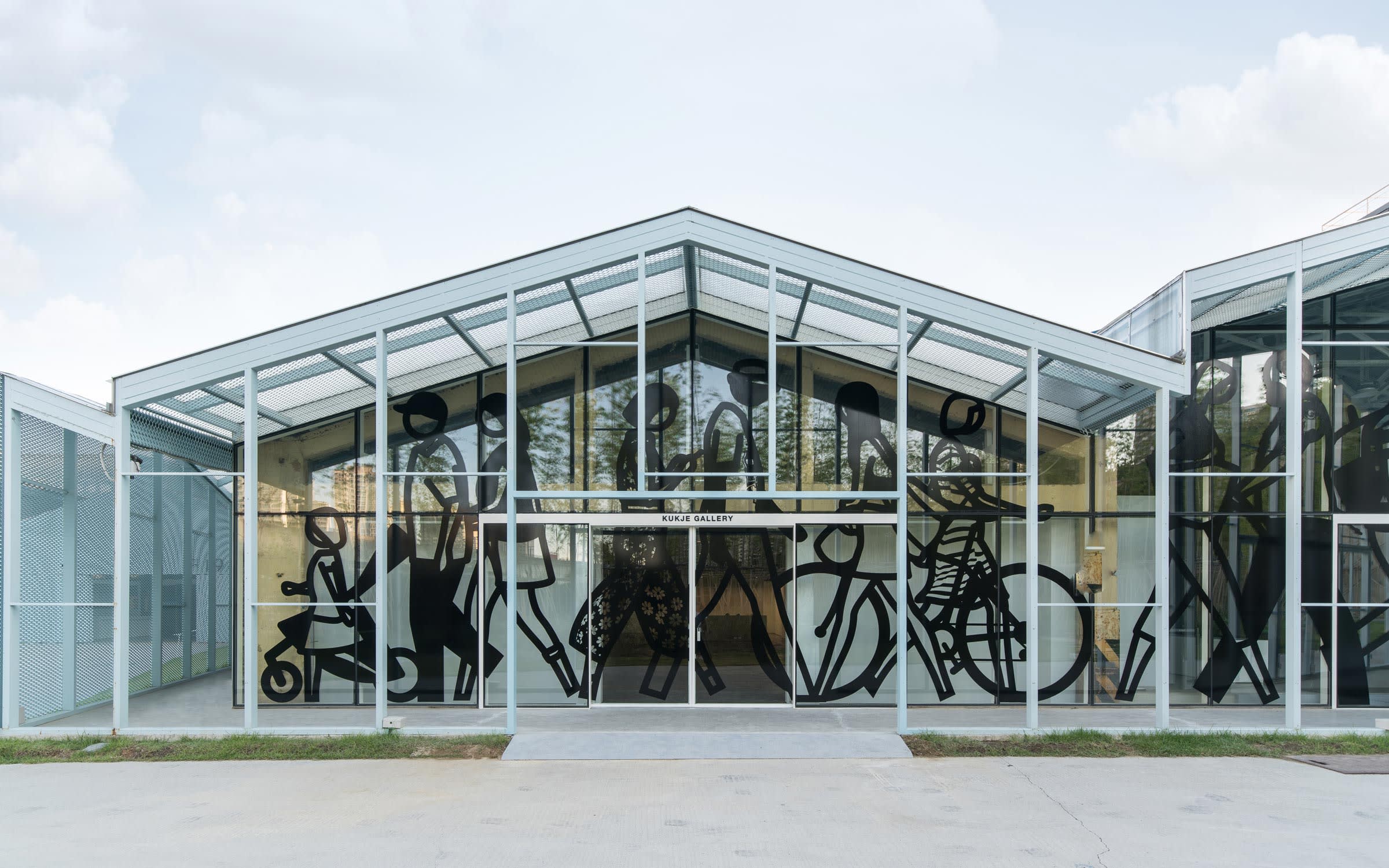How an enthusiastic collector became one of Korea’s most renowned gallerists
In Part 1 of this interview, Elliat Albrecht talks to Kukje Gallery’s Hyun-Sook Lee about her early career and bringing Donald Judd to Seoul
Log in and subscribe to receive Art Basel Stories directly in your inbox.
